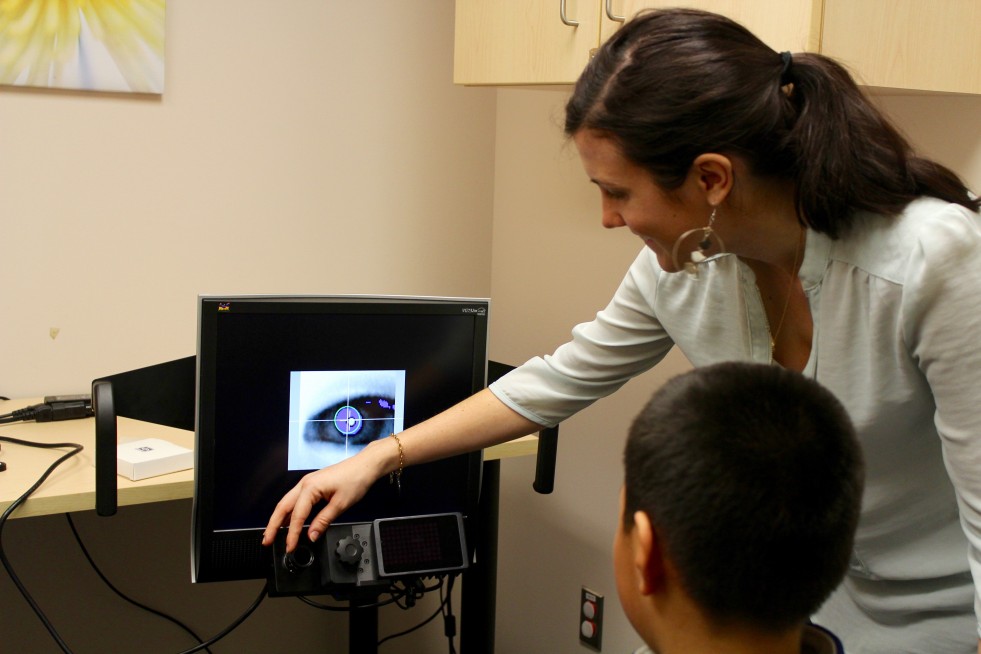New Research from KBHN Improves Options for Identifying FASD in Children and Youth
March 5, 2019 | News

Diagnosing Fetal Alcohol Spectrum Disorder (FASD) is not a simple task. There is no blood test to determine whether a child has the disorder; instead, a battery of tests and a clinical evaluation are typically required, steps that can take the equivalent of an entire day for a professional to complete. But early and accurate diagnosis is essential to providing the right support — before secondary cognitive and behavioural disabilities arise.
James N. Reynolds of Queen’s University, an FASD expert and the Interim Chief Scientific Officer at the Kids Brain Health Network, and partners at Duke University and the University of Southern California have published a study Frontiers in Neurology on the use of eye tracking to make accurate screening for FASD faster and more available.
Using a computerized camera, the tool records patterns in children’s eye movements, compares them to those of other children, and flags any patterns outside the norm. Children with atypical patterns associated with FASD can then be more formally assessed by healthcare practitioners at an earlier age, enabling access to supports and services which can mitigate impacts on health care, education and criminal justice.
“The economic impact of FASD is spread across multiple systems, as well as lost productivity costs for both individuals with FASD and their caregivers,” says Dr. Reynolds. “Estimates suggest that the mean annual cost of FASD in Canada and the US ranges from $22,000-$24,000 per individual, and therefore many billions of dollars collectively on society. There is simply no escaping the fact that FASD is a major public health problem associated with tremendous economic and social costs.”
The technique was described in “Detection of Children/Youth With Fetal Alcohol Spectrum Disorder Through Eye Movement, Psychometric, and Neuroimaging Data,” by Chen Zhang, former KBHN Trainee Angelina Paolozza, Po-He Tseng, James N. Reynolds, Douglas P. Munoz and Laurent Itti.
Download a pdf of the study: Detection of Children and Youth with FASD